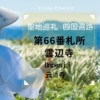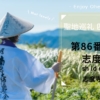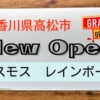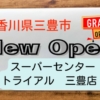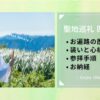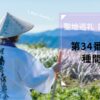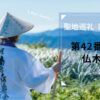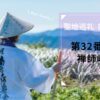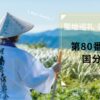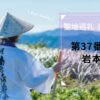【Japan tourism】 Shikoku 88 temple pilgrimage trip [No.52] Ryuuunzan Gojiin Taisanji
Taisanji has a history of over 1400 years and is associated with Prince Shotoku. There is a statue of Prince Shotoku, which was made in the same way as the Yumedono Hall of Horyuji Temple, and it is said to bring good luck in academic achievement, so it is customary to dedicate a rice scoop.
Taisanji
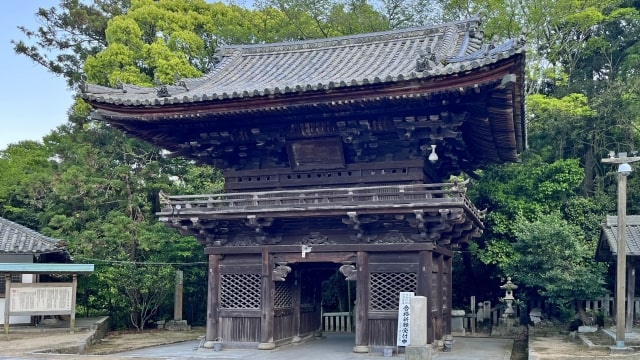
| Principal image | Eleven-faced Kannon Bodhisattva |
| HOnzon mantra | On maka kyaronikya sowaka |
| Denomination | Shingon Budhism Tisan sect |
Place
Temple lodging: none
Phone:089-978-0329
〒799-2662
1730 Taisanjicho, Matsuyama City, Ehime Prefecture
Gosyuin(red stamp)
Please wait a moment until the image is uploaded.
History
It is said that the hall of Taisanji was built in one night by Mano Choja.
Mano no Choja was a bellows charcoal blower in Bungo (Oita Prefecture), but he married Tamatsuhime, the daughter of the Kuga minister, by a divine decree. Fortunately, he became rich.
In 587 (Yomei 2), when he was on his way to Osaka by ship to do business, he encountered a big storm and desperately prayed to Kannon for his safety. Then he was saved on the shore of Takahama.
In order to build a temple with this blessing, he brought the tools and craftsmen for building the main hall from his hometown of Bungo to Takahama by ship. It is said that the main hall was set up all night long. Since then, it has been said to be “a temple built in one night".
In 739 (Tenpyo 11), in response to the imperial request of Emperor Shomu, Gyoki carved a 6 shaku eleven-faced Kannon statue. Then, in the womb, a small statue of Kannon, which is said to have been found by Mano Choja at Mt. Ryuun, was placed as the principal image.
Taisanji has been protected by successive emperors such as Shomu, Koken, and Goreizei, and eleven-faced Kannon statues have been dedicated to each of the six emperors, Goreizei, Gosanjo, Horikawa, Toba, Sutoku, and Konoe. All the statues are around 150 cm in height, and together with the eleven-faced Kannon statue of the principal image, they are national important cultural properties and are enshrined in the main hall.
Kobo Daishi visited during the Tencho era (824-834) in his later years, and converted from the Hosso sect to the Shingon sect by performing the Goma-kuyou.
Highlight
【Nioumon】 It was rebuilt in the Kamakura period like the main hall. 3-room, 8-legged gate, entrance house construction, kawara tile roofs. It is an important cultural property of the country.
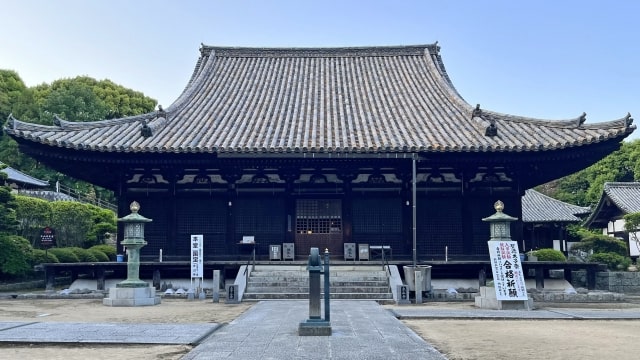
【Main hall】In 1305 ( Kagen 3), it was donated by the Kono family, the lords of Matsuyama Castle.
The main hall, which is designated as a national treasure, was rebuilt in the Kamakura period and is one of the oldest wooden structures among the 88 temples.
It is the third time since the construction of Choja, but it is the largest in Shingon Esoteric Buddhism.
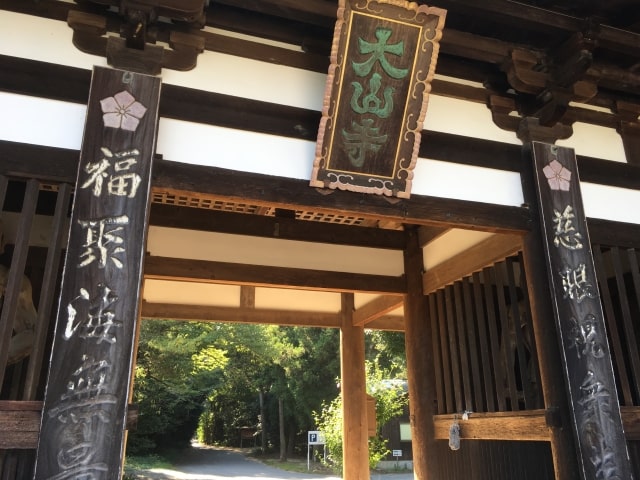
【The oldest wooden bill】1780 (Anei 9)
It is about 2 km (about 10 minutes by car) to the next 53rd bill place “Enmyouji"!
